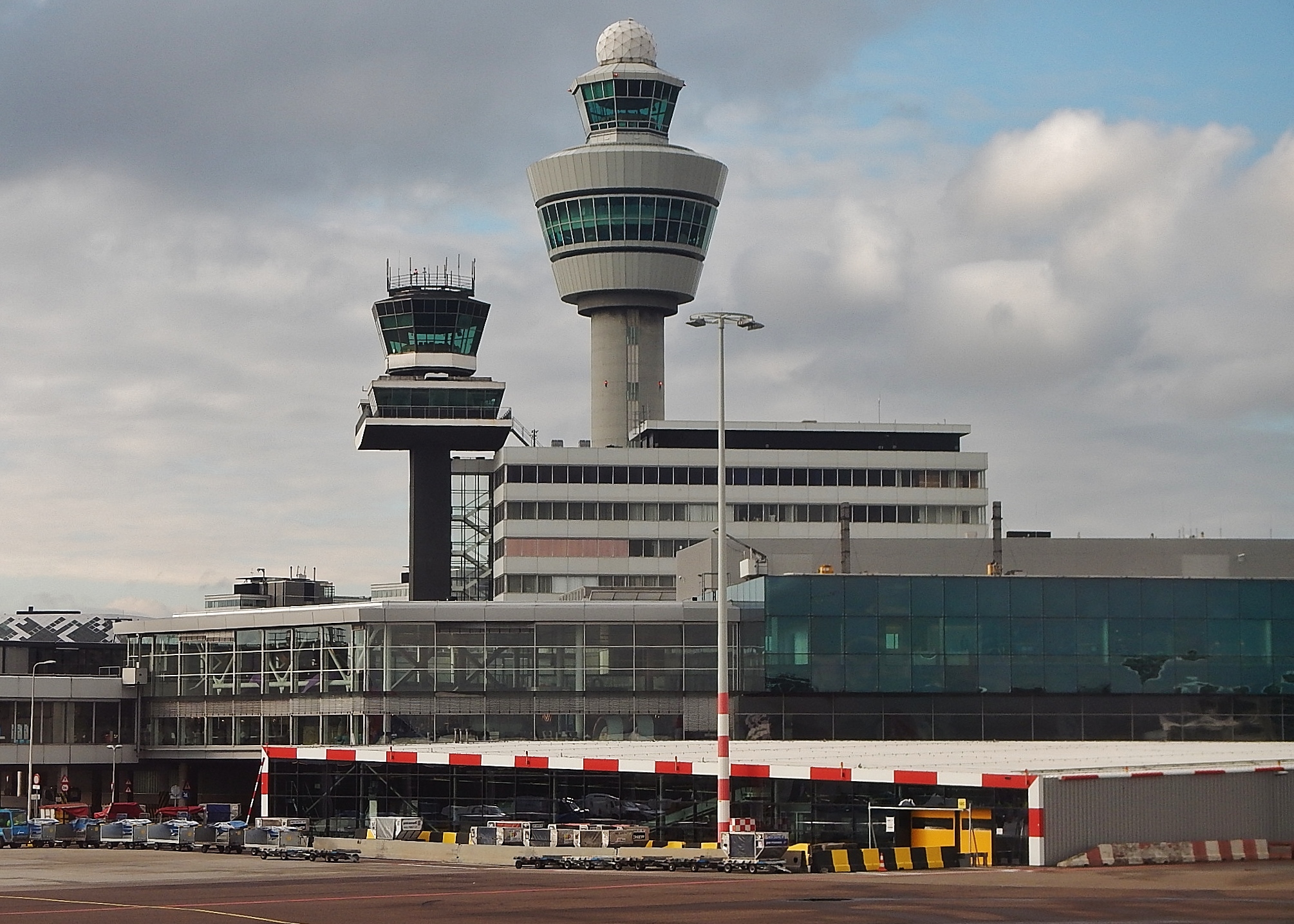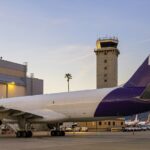Schiphol confirms cargo tonnages increase of 5.4% in 2017
23 / 01 / 2018

Schiphol Cargo reported an increase of 5.4% on yearly tonnage in 2017 with strong demand in the Far East for European goods boosting total figures to 1.75m tonnes.
Europe’s third largest air cargo hub experienced an uptick in cargo throughput of 7.4% year-on-year between January and October 2017, with total figures for January to December 2017 reaching 1.75m tonnes.
Imports to Schiphol from the Far East in 2017 increased by 3.1% to 299,386 tonnes, with exports to the region growing by 8.8% year-on-year to 316,097 tonnes.
Asia remains Schiphol’s largest market, with Shanghai, China, the busiest destination.
European exports grew 19.1% to 123,950 tonnes in 2017, with imports up 18.2% to 124,992 tonnes.
“We have continued to build on initiatives in 2016 and 2017 with the aim of enhancing the experience of our pharmaceutical, e-commerce, and perishables customers, and our continued commitment to quality is having positive results,” said Jonas van Stekelenburg, head of cargo, Amsterdam Airport Schiphol.
“The upswing in e-commerce shipments, both inbound and outbound, was a large contributor to the cargo volumes for this market.
“A number of flights transit Europe en-route to Asia, and we can attribute a proportion of the growth in our European figures to the developing Asian market.”
Flights to Asia transiting European destinations including Baku, Azerbaijan, and Moscow, Russia, continue to contribute to an increase in outbound figures to the Far East.
Latin America inbound cargo was up by 21.5% in 2017 to 123,524 tonnes due to a number of additional full freighter flights on the route. Outbound cargo grew by 1.8% to 76,498 tonnes.
Import volumes from Africa decreased by 6.6% to 109,751 tonnes due to temporary aeronautical restrictions that have been in place since June 2017.
Imposed by the Kenyan Authorities, the restrictions mean that fewer direct freighter flights are coming from Nairobi, Kenya.
Exports to Africa were down 5.4% on 2016 to 51,743 tonnes.
Imports from the Middle East increased by 3.4% to 97,789 tonnes in 2017, with export tonnage increasing by 2.1% year-on-year to 122,617 tonnes.
Imports from North America were down by 5.6% to 141,714 tonnes year-on-year reflecting changes in regional strategy by some airline partners, whilst North America export volumes were up by 4.4% to 164,509 tonnes.
A total of 496,748 ATMs flew in 2017, an increase of 3.7% on 2016.
A maximum number of 500,000 Air Traffic Movements (ATM) until 2020 has been agreed between Schiphol Group, the local community, airlines, and the Dutch Government.
“This is no reason to hold back on our quality initiatives; we need to stay alert, prepare for what is coming, and seek the necessary innovations,” said van Stekelenburg.
This year (2018) began on a positive note at Schiphol, with an increase in load factors as well as a slight growth in ATMs as a consequence of unused slots.
“It is very positive that in this current 2017/2018 winter season, all requested, full freighter slots were granted, and many freighters were able to continue their business at Schiphol with ad-hoc slots,” van Stekelenburg continued.
“It is Schiphol’s objective to aim for sustainable growth at the airport after 2020 and airfreight is an important part of that.”
“On the belly side we expect Schiphol to grow in 2018 both in terms of volume and capacity.
“The outlook for 2018 – as, globally, we see even more air traffic growth – is a challenging one.
“The slot scarcity has been a challenge for us as a cargo community, and in some cases, cargo stakeholders were under-represented in the various sections of the airport community.
“In 2018 we will act on this, together with all freighter airlines, handlers, and other logistic service providers.
“Trust, increased cooperation, and improved agreements between all stakeholders are essential in this respect”, concluded van Stekelenburg.
“Close collaboration with our Cargo Community remains vital and is a strong focus for 2018. Together we will continue to pursue our ambitions of better digital information exchange, and further quality improvements in the supply chain, particularly for pharma, e-commerce, and perishables.”
Read more Cargo Airport News














